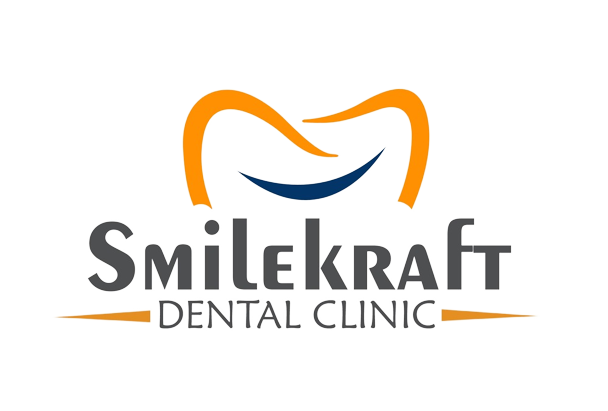Broken Teeth Treatment & Immediate Precautionary Measures
A broken tooth is nothing short of traumatic because it interferes and damages your smile to undermine your confidence. Some of the very common causes of broken teeth are eating hard foods such as candy or ice cubes, falls, tooth injuries or cavities.
The good news is that modern dentistry provides solutions to most dental problems through the use of advanced technology.There are dental clinics like ours that provides urgent dental care to patients with utmost care. All a patient needs is to see a dentist first if a tooth is cracked or broken. Your dentist will provide professional advice on which option is best for treating your condition.
Immediate Chipped Tooth Precautionary Measures
If your tooth chips off for whatever reason, you must see a dentist as soon as possible.It may happen so that it might get damages further. In the meanwhile of getting an appointment, you can do the below to avoid further damage to your teeth:
- Avoid eating anything. If you may need to do so, preferably stay on a liquid diet or chew on soft foods.
- If the broken tooth has sharper edges, you can cover it with a piece of chewing gum or paraffin wax to avoid cuts inside your mouth.
- Salt water mouth rinse is a good option.
- Pain relievers can be used if the pain gets out of hand.
Best Broken Teeth Treatment Options
The enamel that covers teeth is the hardest and most mineralized tissue in the body, but its strength is still limited. Falling,Blow to the face and chewing on hard objects can chip or break the teeth, especially if the teeth are already decayed. If you find that, don’t panic. There are many things a dentist can do to fix it. Here are the best options to fix a cracked tooth
1) Dental Bonding Or Resin Fillings
These should be the first option selected , It is very conservative and has good life. It should be the option in trying to restore a broken tooth.In most cases, bonding is a quick procedure that doesn’t involve numbing the tooth. In order to make the bonding material adhere to a tooth, the dentist first roughens the surface with a liquid or gel. The dentist will then apply a resin that is tooth-colored after applying an adhesive substance to the tooth. The dentist uses an ultraviolet light to solidify the bonding substance after moulding it to resemble a genuine tooth.
2) Root Canal Treatment
If the pulp is affected, or if the broken tooth causes severe pain, root canal treatment may be needed. This treatment consists of preserving or saving the hard shell of the natural tooth and removing the soft part of the pulp inside. If the remaining tooth structure and its support are in good condition.
3) Crowns
A dental crown to protect the tooth might be an option that our dentist may suggest post a Root Canal treatment is completed. Based on the intensity of the situation, it is usually suggested to go for a Root canalt at his stag.
4) Implants
In some situations, a tooth fracture may occur below the gum or bone level. In the first case, the gingival level can be adjusted using a laser directly in the clinic (laser gingivectomy). This procedure allows the dentist to clean and restore the tooth. For teeth fractures deep in the gum or to the bone level, bone and gum around the tooth can be removed and repaired. Implant is the choice of treatment to try and replace a missing tooth.
Types Of Cracked Tooth
Teeth cracks can vary in depth and length based on where it has happened in the tooth. Cracks are quite common amongst people over the age of 40 years. Below are the types of teeth cracks one can come across:
Fractured Cusp – This happens when the chewing surface of the teeth chips.It usually occurs around a dental filling.
Apical vertical root crack – This starts from the root of the tooth and goes all the way upto the crown.
Split tooth – This splits the tooth in 2. Only one part will probably end up being saved.
Oblique supragingival cracks – The usually affect the crown and do not extend below the gum line.Hence, they are not very painful.
Oblique subgingival cracks – They are more painful and extend below the gum line.
Oblique root cracks – These appear only below the gumline mostly below the jawline to be precise. Tooth extraction is generally what is the most common treatment for this.
Connect with us right away to find a solution !!
Read more about our other services:
